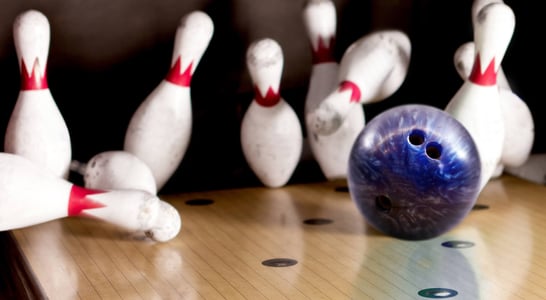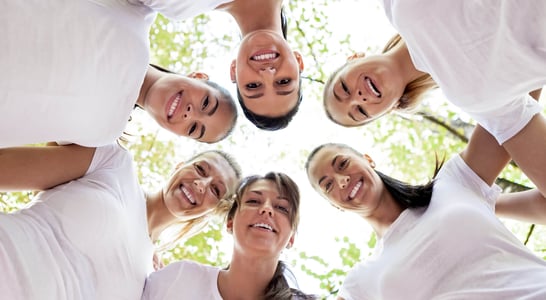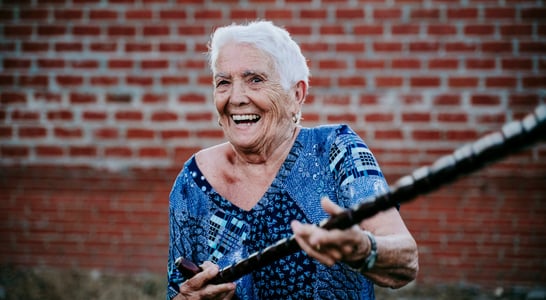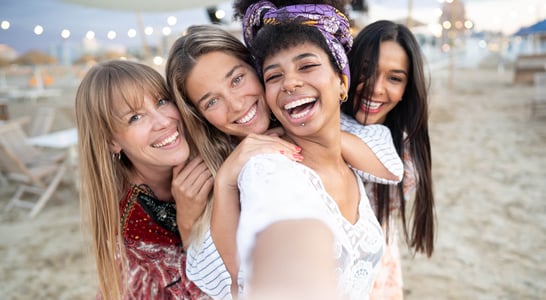
National Women’s Day
From politics to sports, women have shattered the glass ceiling in many fields, and continue to pave the way for equality and representation.
A successful woman is one who can build a firm foundation with the bricks others have thrown at her.
Unknown
National Women’s Day is a great opportunity to appreciate, honor and celebrate women in the local community and all over the world!
History of National Women’s Day
Women have experienced gender oppression throughout the world at different periods of time throughout history. In modern times, the fight against the oppression of women has been going on for more than a century.
The first recorded celebration of “Women’s Day” in the United States took place in 1908 in Chicago, Illinois and New York City. By 1911, when International Women’s Day was celebrated, it drew more than 1 million people to rallies all over the world.
While the rights of women have suffered all over the world, women in South Africa have fought for more freedoms, especially during Apartheid. Gender discrimination was extremely present under these laws, particularly for black women.
August 9, 1956 saw a protest march in Pretoria, South Africa, with more than 20,000 women of various races marching for rights and against the unfair rule of South Africa’s Apartheid government. The march consisted of delivering more than 14000 petitions to the government buildings, as well as a 30 minute protest where the women stood in silence.
Almost 20 years later, the United Nations got on board with the need for a celebration and advocacy for women, declaring the first UN supported International Women’s Day in 1975. By 1977, the United Nations General Assembly encouraged member states to celebrate Women’s Day in March as a day to advocate for women’s rights as well as for world peace.
South Africa declared its first National Women’s Day in 1995, almost 40 years following the Women’s March on Pretoria. Here, it is celebrated on August 9 as a nod to that original 1956 march.
National Women’s Day Timeline
1909
National Woman’s Day marches take place
Women with suffragist and socialist causes march on Feb 28 in New York City, Chicago, and other American cities to demand better pay, shorter hours and voting rights for women.[1]
1956
South African women’s protest march takes place
In an effort to stand up against unfair government acts, at least 20,000 South African women of all races signed petitions and marched in solidarity on August 9 of this year.[2]
1975
UN celebrates first Women’s Day
During the International Women’s Year, the United Nations declared that International Women’s Day should be celebrated each year in March.[3]
1995
First National Women’s Day is celebrated
In a nod to the fight for equality, South Africa declares their first National Women’s Day.[4]
2009
Francas Baard is commemorated
One of the original organizers for the rights of women, particularly black women, Baard was present at the original 1956 Women’s March. A statue of her is unveiled on August 9 of this year in Kimberly, South Africa.[5]
How to Celebrate National Women’s Day
Celebrating and enjoying National Women’s Day offers loads of opportunities to show women honor and appreciation, whether locally or all over the globe. Consider some of these ideas for getting involved with National Women’s Day:
Honor Women in the Community
National Women’s Day is a great day to remember the importance of women in the family and the community, and to show them how much they are appreciated and honored. Certainly, most women would be happy to be shown affection with a card, flowers, or even just a simple “thank-you” for all they do.
Advocate for Women’s Rights
Even in the modern world, it is not difficult to find places where women do not have equal rights and status with men. Sometimes, they may technically have legal rights but are still not treated properly, and other times it is actually legal for women to be treated poorly. Advocating for women’s rights might involve signing petitions, marching at a rally or raising a voice in support of women.
Advocating could also mean fighting to reduce gender pay discrepancies with your employer or company, or it might mean making sure that the girls in the local community have equal access to the same sports the boys are allowed to play. Whatever each person feels passionate about in their community is a great start for advocating on behalf of the women of today and the future.
Give to Charity for National Women’s Day
Whether it’s helping girls to get equal education in Pakistan or empowering women survivors of war in Bosnia or Iraq, many charities offer opportunities to volunteer and give to help promote equal rights for women. Dozens of charities exist that provide ways for people to get involved and show how much they care with their financial support.
Try out some of these ideas for women-focused charities to give to in honor of National Women’s Day:
- Global Fund for Women. This charity was founded in California in 1987 by four women activists. It exists to provide funding for the rights of women all over the world, funding grassroots movements for women’s empowerment and justice.
- Girls Not Brides. Working to end child marriage, this non-profit organization is made up of human rights defenders and peace builders who promote equality, aiming to raise awareness of and support laws against the practice of child marriage.
- Black Girls Code. The group was created to address the lack of black women in the tech industry. The goal is to make tech training and jobs more accessible to black girls, with the hope of training one million girls by the year 2040.
- Kiva. Providing loans and microfinancing to women all over the world, this charity is able to leverage charitable funds to provide a way out of poverty for millions of women and men in at least 80 countries since 2005.
Host a National Women’s Day Event
Enjoy this day by holding a women’s event. Invite just a few women to show them how special they are, or make it a public or community event that can have a broad and wide impact.
Gather at a local library or school with a guest speaker who can remind the participants about various topics regarding women’s advocacy and rights. Or, create a panel discussion with a variety of important women in the community who can inspire others through their conversation, vision and ideas about what the future might look like for empowered women.
Hold a National Women’s Day Film Screening
Inspire women who are young or old by providing an opportunity for them to watch a film that features strong women. Then, afterward set aside some time to have discussion questions, perhaps breaking into small groups. Allow for thoughtful responses and encourage discussions about how far women have come – as well as how far there still is to go.
Consider choosing from one of these for a film screening:
- Hidden Figures (2017). Based on a true story, this film features the account of three female NASA scientists who were vital in helping to launch the first US astronauts into space.
- Suffragette (2015). Carey Mulligan and Meryl Streep portray British women activists who fought for the right to vote in the United Kingdom.
- Hooligan Sparrow (2016). This documentary offers insight into a human rights activist who is chased because she spoke against an elementary school principal who abused six girls.
National Women’s Day FAQs
Is Women’s Day a national holiday?
National Women’s Day is celebrated as an official holiday in South Africa on August 9. In other countries, it may be observed on other days.
When did women get the right to vote?
In the US, women gained the right to vote in 1920. In the UK it was in 1918, Australia in 1902, and New Zealand in 1893, which was the first self-governing country to grant all adult women this right.[1]
How can women’s rights and welfare be promoted?
For National Women’s Day, women’s voices can be raised to support one another, advocate for their rights, educate younger women and girls, fight to reduce the gender pay gap and donate to women’s causes.[2]
Have women’s rights improved?
Although there is still a long way to go, women’s rights have generally improved worldwide over the past 50 years as gender disparity has mostly decreased.[3]
Was women’s suffrage violent?
Yes, in some cases, the women’s fight for the right to vote turned violent with bombings, arson, and other acts which have sometimes been referred to as “Suffragette Terrorism”.[4]
Also on ...
View all holidaysNational Book Lovers Day
Crack open your favorite book, visit a bookshop or library to find your next great read, and enjoy the relaxation and joy of being a reader and book lover.
Melon Day
Savoring the juicy sweetness of summer's bounty, biting into the refreshing fruit that brings a burst of refreshment on a warm day.
National Bowling Day
High fashion shoes, greasy balls, and the clack of pins: get together some friends or family for a friendly bowling game, or join a league or competition.
National Rice Pudding Day
Try your hand at making your own rice pudding, a sweet, subtly-flavored dessert that is easy to make with just rice, milk, eggs, sugar, vanilla, raisins, and cinnamon.
We think you may also like...
Universal Women’s Week
Every woman has the right to equal pay, reproductive rights, and freedom from violence. Let's empower women and create a more just society.
Spunky Old Broads Day
Age is just a number when it comes to these lively ladies! They've lived through it all and aren't afraid to speak their minds.
Galentine’s Day
Gather for brunch, exchange gifts, and show appreciation for the love and laughter your gal pals bring to your life.
International Day for the Elimination of Violence Against Women
Promoting respect and dignity for women, this vital movement strives to create a world where every woman feels safe, valued, and empowered.








